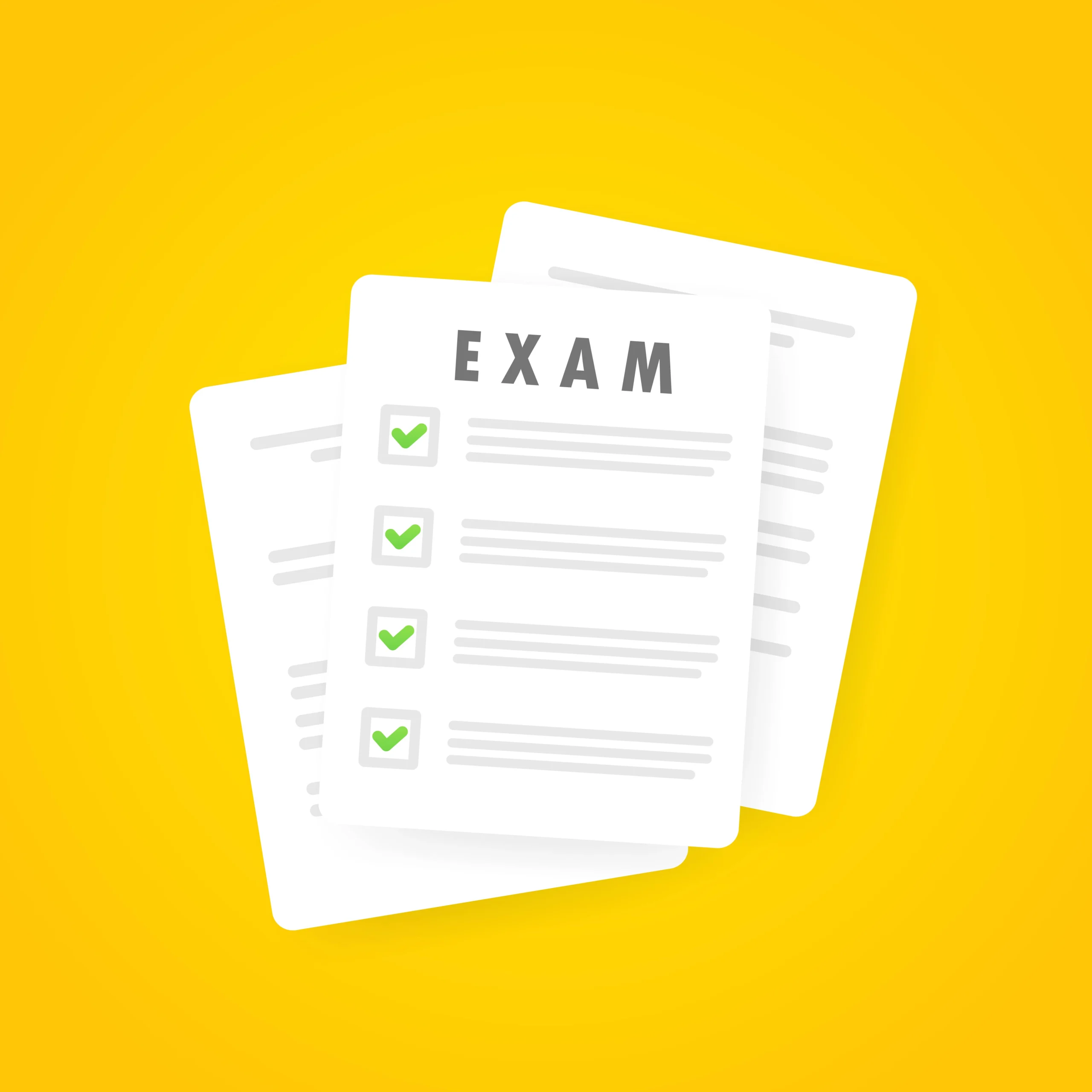
Subject Name: Corporate Finance
Full Marks:30 Duration: 1 Hour
Part – A
Attempt 5 questions
Each question carries 2 Marks (2 X 5)
.
1. How do you explain capital structure?
OR
1. How would you describe the Components of Capital structure?
2. What is the ‘pecking order’ of finance?
OR
2. What is the trade-off theory in finance?
3. What do you understand by the Capital Asset Pricing Model (CAPM)?
3. How would you define cost of capital?
OR
4. What are the features of capital budgeting decisions?
OR
4. What are the Components of Cash Flow?
5. What are the factors are affecting investment decisions?
OR
5. How do you explain the Payback period method? Give any example
Part – B
Attempt 2 questions
Each question carries 5 Marks (5 X 2)
6. How do you describe in brief the Net Income theory of capital structure with a sketch?
OR
6. How would you explain briefly the Net Operating Income theory of capital structure with a sketch?
7. M/s ABC Itd has the following capital structure:
| Parameter | Amount (Rs) |
| Equity Share Capital | 8,00,00 |
| Preference Share Capital | 1,00,00 |
| Long Term Debt | 6,00,00 |
The company wants to undertake an expansion project costing Rs5, 00,000 which can be arranged at 9% from a bank. The minimum acceptable rate of return from the new project is based on the company’s cost of capital.
What is the minimum acceptable rate of return to the company in the case of the proposed expansion project? You may assume a 50% tax rate for the company
OR
7. How do you describe the Process of Capital Budgeting? Enumerate the benefits of the capital budget.
Part – C
Attempt 1question
Each question carries 10 Marks (10 X 1)
8. Equipment X has a cost of Rs75,000 and a net cash flow of Rs20,000 per year for 6
years.
A substitute equipment Y would cost Rs50, 000 and generate net cash flow of Rs14, 000 per year for 6 years. The required rate of return of both equipment is 11%. Given: PVAF6,0.15-3.784 and PVAF6,0.16-3.685 Calculate the IRR and NPV for the pieces of equipment.
OR
8. A project is estimated to cost Rs1, 00,000 with a life of 5 years. Estimated profits (before tax) for the first 3 years are Rs (-) 5,000 (loss), Rs.20, 000, Rs.60, 000 respectively. The rate of depreciation is 20% per annum under the diminishing balance method and the rate of Tax is 50%.
Calculate estimated net cash flows for the first 3 years.

Leave a Reply